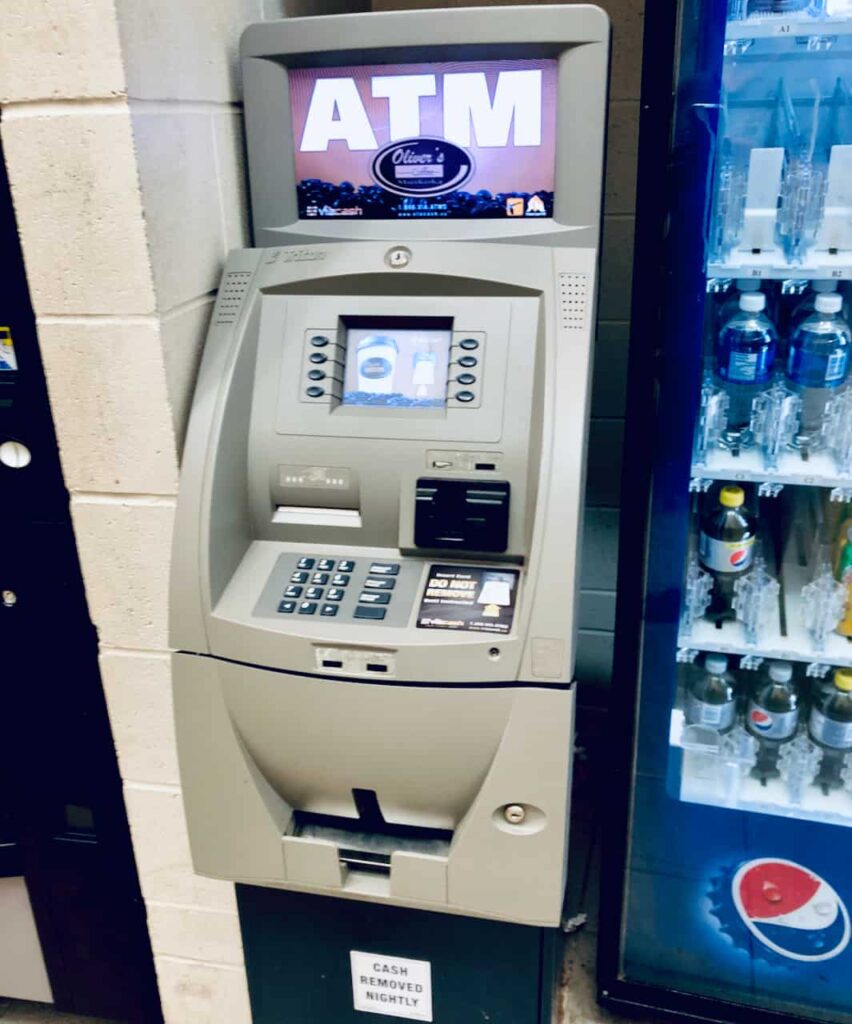[ad_1]
Interest rates across the developed world have fallen in unison to practically zero. In some countries, bonds even have negative yields — an idea that two decades ago was considered impossible!
With rates so low, investors of U.S Treasury bills (T-bills), Treasury notes (T-notes), and Treasury bonds (T-bonds) barely get any yield at all. While the value of T-bills, T-notes, and T-bonds has steadily risen against the fall of interest rates, rates at near-zero have left some investors wondering whether the value of their Treasury bills have hit a ceiling.
In other words: Is investing in Treasury bills still a good idea? Let’s dive in.
How Do Bonds Work?
Before we get into the meat of what’s happening with T-bills, it’s important to understand how a bond works and what drives the price of a bond.
When you buy a bond, you are essentially lending your money to a government or company for a period of time in exchange for interest. Once the bond matures, you get all of your money back. Between the time the bonds are issued and their maturity, they pay interest every six months.
When a bond is issued by a government or company, there are three key pieces of information given:
- Face value — This is how much it costs to buy the bond once it’s issued. Most bonds are usually issued with a face value of $100 or $1,000. By comparing the present value of the T-bill to its face value, an investor knows whether the bond is overvalued or undervalued.
- Coupon — The coupon states how much interest the bond will pay. Bonds usually pay this interest semi-annually. From coupon and bond price, you can determine what the yield of the bond is (coupon/price x 100).
- Maturity — The maturity tells investors how long their investment will be locked up. After maturity is reached, the investor gets back his investment and keeps all the interest he earned while waiting.
What Is a Treasury Bill?
We mentioned that bonds are issued by either a government or a corporation to borrow money. The term “Treasury” is used exclusively for American government bonds, as they are issued by the U.S. Department of the Treasury and are referred to as “Treasuries.”
- Bonds have different maturities. For Treasuries these span from short term (under one year) to long term (20+ years). A Treasury bill is any bond issued with a maturity of one year or less. Treasury notes have maturities from two to 10 years. And Treasury bonds mature 20 years or later. (For simplicity, this article refers to all three as “Treasury bills” or “T-bills” or simply “Treasuries.”)
- Treasury bills are seen as the safest bonds in the world because they are backed by the U.S. government. And because of their short maturity, T-bills are seen as the safest of the safe. This is important as it is a major factor as to why there is a demand for investing in Treasury bills.
- Because T-bills have such short maturities, their interest isn’t paid out to the investor throughout the holding period. Instead, investors buy T-bills at a discount to the face value and receive the face value at maturity. The difference between the purchase price and the bill’s face value is the amount of interest.
T-bill Safety
Due to the nonexistent risk of defaults, safety during economic shocks, and the liquidity on the secondary market (which makes it easy to buy and sell), the Treasury bill has earned itself an important place in the global economy as a very safe investment.
Individuals buy T-bills as a safety net and because they are likely to appreciate during an economic crisis, allowing investors to possibly profit. Many large companies also hold a significant portion of their money in Treasury bills rather than cash. The logic behind this is that it offers all the benefits of cash plus protection against minor inflation.
What Influences Treasury Bill Prices?
Like all bonds, after they are issued, a Treasury bill’s price is free-floating and decided by the market.
All bonds yield when issued ultimately link to the central bank interest rate. After issuance, bond prices have an inverse relationship to their yield. As the bond price drops, the yield on that bond rises above its declared interest rate. But in an environment where interest rates are dropping, bondholders are enticed to keep their old, higher-yielding bonds thanks to their price appreciation.
- While the country’s interest rate is a major long-term factor, in the short-to-medium term, supply and demand have an outsized impact on T-bill prices. The Treasury market is one of the largest markets in the world and macroeconomic events can quickly impact prices as people rapidly buy up Treasuries during a recession or sell them off during an expanding economy.
- For bonds in general, the creditworthiness of the issuer also affects its price. If something extremely bad happens after the bond has been issued, its value drops to reflect the new level of risk. And when a bond’s value drops, its yield rises.
- Of course, this is not an issue for T-bills as they are considered practically risk-free — but it is an important factor for investors to know if they want to invest in Treasury bills.
Are Treasury Bills a Good Investment?
As with all things, whether or not investing in T-bills is a good thing depends on your goals and risk appetite. What makes T-bills unique are their safety and ability to appreciate in times of crisis.
But if you are interested in generating income out of your portfolio you should probably look elsewhere. As we mentioned, you are not paid interest while holding T-bills, unlike with most bonds. Instead, you are paid the interest at the end of the term. Secondly, as per the U.S. Treasury website, the highest interest rate on a T-bill is around 0.10%. Either way you slice it, you are not going to be living in retirement off of Treasury bills.
However, for the longer-term T-notes and T-bonds, interest is paid every six months. But again, these pay rather low-interest rates (presently only 1.66% for a 20-year bond). And these tie up your money for a very long time. Who knows what interest rates will do in the future?
One thing you can depend on is safety. As mentioned before, U.S. Government bonds are the benchmark for safety in the bond world, and the Treasury bill is its crown jewel. This is a major reason international investors also buy T-bills.
Due to this large demand domestically and internationally, the U.S. Treasury market is among the most traded and most liquid in the world. This gives investors the benefit of parking their cash in Treasury bills. And if an investor needs access to their money, he or she can quickly and easily sell their T-bills on the open market. T-bills offer all the benefits of cash with the additional perk of potentially profiting from a market crash.
Treasury Bond Risks to Consider
In a way, this generation of Treasury investors is the luckiest in history. Since 1981, American interest rates have been on a steady but constant march down, to the present day where they are practically zero. This has been terrific for long-time buyers of Treasuries, as over the long term the value of the bills rose as interest rates fell. However, this raises the question: Where can interest rates go from here?
We have seen negative interest rates in other countries. But for now, there is a higher probability that long term we will see interest rates rise. In a rising interest rate environment, long-term Treasury investors would be fighting an uphill battle as their bond values continually decline.
Speaking of values declining, investors in T-bills should also keep an eye on inflation. While inflation hasn’t been on anyone’s radar for over a decade, due to such low yields presently, even a moderate amount of inflation would cause investors to lose money on T-bills.
This being said, bonds and Treasury bills still have a place in a portfolio even if some of their benefits erode over time. What is most important is the safety and liquidity T-bills provide, and that investors be aware of possible future risks.
How to Invest in Short-Term Treasury Bills
Investors interested in adding T-bills to their portfolio have two options open to them. They can buy them directly from the U.S. Treasury through the government’s auction system. Here the bonds always sell at the standard discount to their face value.
Alternatively, investors purchase bonds on the secondary market through their brokers. The prices are constantly changing on the secondary market and may be below or above the issued price of the bonds.
An additional option for investors is to purchase exchange-traded funds (ETF) or mutual fund shares that hold Treasury bills. These are generally funds that specialize in short-term U.S. Government bonds.
The Round-Up: The Pros and Cons of Treasury Bills
pros
- Secure, practically risk-free with a small yield over cash
- Very liquid
- Not subject to state or municipal tax, but subject to federal tax
cons
- No way to get an income stream
- Investors are exposed to loss of value in a rising interest rate environment (though full face value will be received upon maturity)
- Presently T-bills yield very little
There is no such thing as a perfect investment, and you certainly won’t be getting rich through investing in Treasury bills. However, they fulfill a different and equally critical part of your investment portfolio: providing peace of mind. All investors could benefit from having a small portion of their assets in Treasury bills.
View the original article at here.
Investor Junkie
investorjunkie.com



